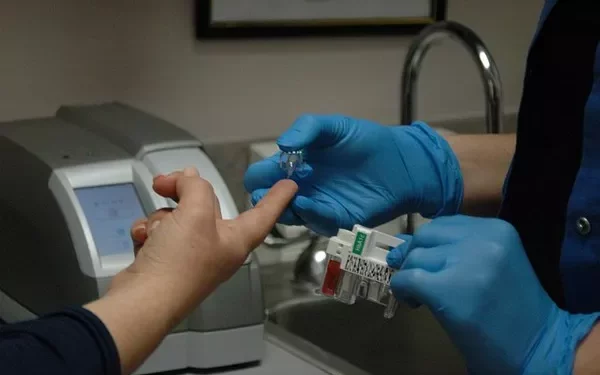As diabetes continues to pose challenges for millions worldwide, new treatments are constantly being explored to alleviate its complications. One emerging therapy capturing attention is red light therapy, which uses low-level wavelengths of light to enhance cellular energy and potentially improve various diabetes-related issues. But does it live up to the hype, or is it just another trendy treatment?
What is Red Light Therapy?
Red light therapy, also known as low-level light therapy (LLLT), involves applying specific wavelengths of light to the body to stimulate a process known as photobiomodulation. This non-invasive therapy has been used to address a range of conditions, from acne to hair loss, by promoting cellular healing and energy production.
The theory behind red light therapy is rooted in its ability to activate the mitochondria, the energy powerhouse of cells. This boost in cellular energy may help reduce inflammation, accelerate healing, and improve overall cell function. While the science is still developing, early findings suggest red light therapy could offer benefits for managing diabetes-related complications.
Reducing Pain from Neuropathy
One of the most significant areas of interest for red light therapy is its potential to alleviate diabetic neuropathy, a painful condition caused by nerve damage from high blood sugar levels. Diabetic neuropathy often leads to numbness, tingling, and burning sensations in the hands, feet, and legs, making daily activities difficult.
Research suggests that red light therapy may help by enhancing blood circulation to the affected nerves and stimulating tissue regeneration. This could potentially reduce pain and improve sensations in the extremities, offering relief for those suffering from this common diabetes complication.
Accelerating Wound Healing
Diabetic foot ulcers are another major concern for those with diabetes. Often resulting from neuropathy, these open sores can become infected and are slow to heal, sometimes requiring amputation if left untreated. Some studies indicate that red light therapy may help speed up the healing process by increasing blood flow to the feet and reducing pain in the affected areas.
Though the results are promising, more high-quality research is needed to confirm whether red light therapy can be consistently effective in treating diabetic foot ulcers and improving healing times.
Can Red Light Therapy Lower Blood Sugar?
Exciting preliminary studies suggest that red light exposure could also have an impact on blood sugar levels. In one small study in the U.K., participants without diabetes who were exposed to red light showed a 27.7% reduction in blood glucose elevation after consuming glucose. Additionally, another small study on people with type 2 diabetes reported similar results.
These findings suggest that red light therapy could potentially help reduce blood sugar spikes, which are a key concern in managing diabetes. However, these studies were small, and more research is needed to confirm whether this treatment can help control blood sugar levels on a larger scale.
Exploring Other Potential Benefits
Beyond blood sugar regulation and nerve pain, researchers are exploring red light therapy for other diabetes-related conditions, such as diabetic retinopathy, kidney disease, and mood disorders. Early indications are that it may also help reduce inflammation, a key factor in the development of complications in people with diabetes.
However, despite these promising areas of research, red light therapy remains an experimental treatment, and more robust clinical trials are necessary to understand its full range of benefits and risks.
Is Red Light Therapy Right for You?
While red light therapy shows promise as a complementary treatment for diabetes and its complications, it is not a replacement for established therapies like insulin or metformin. If you’re considering red light therapy, it’s crucial to consult with your healthcare provider to determine if it’s suitable for your condition.
At this stage, red light therapy is not yet an FDA-approved treatment for diabetes, but its potential benefits in pain management, wound healing, and blood sugar regulation are generating increasing interest in the medical community.
Until more clinical trials confirm its safety and effectiveness, red light therapy remains a bright idea—but one that requires further research before it can be considered a game changer in diabetes care.
Related topics:
Effective Treatment Strategies for Managing Type 1 Diabetes in Children
Diabetes Reversal Possible Through Lifestyle Changes and Weight Loss Drugs, Experts Say
Five Nighttime Signs of Diabetes You Shouldn’t Ignore, According to Doctor



























